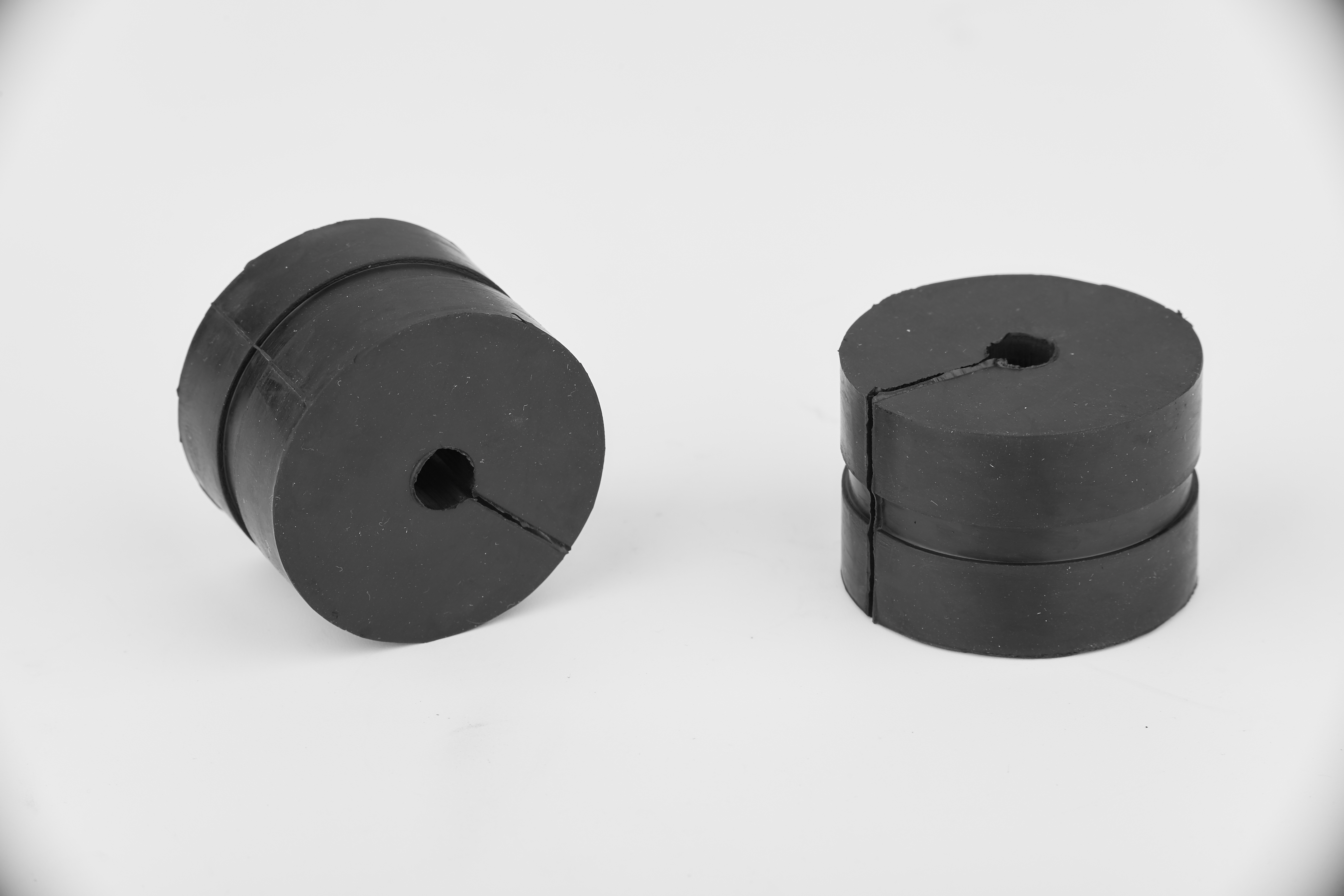hotline:
13802460607
web:www.sampe.com.cn
tel:0750-3683330
contacts:Miss Tan
email:sales@sampe.com.cn
hotline:
13802460607
web:www.sampe.com.cn
tel:0750-3683330
contacts:Miss Tan
email:sales@sampe.com.cn
Rubber seals are one of the important parts of rubber. They are widely used in doors, windows, bodies, seats, sunroofs, engine boxes and trunks, etc. They can be used to produce rubber hinges for installing passenger car luggage compartment doors, and other Waterproof, sealing and other functions.
Classification of rubber seals:
1. Vulcanized rubber seals
Generally it is made of EPDM material. Excellent comprehensive performance, outstanding ozone resistance, excellent weather resistance, good high temperature and low temperature resistance, outstanding chemical resistance, resistance to a variety of polar solutes, and low relative density. The disadvantage is that it has a large expansion in general mineral oil and lubricating oil, and it is generally a dark product. Operating temperature range -60~+150℃. With its wide application range and excellent comprehensive performance, it has been recognized by domestic and foreign industry enterprises.
2. Silicone rubber seals
It has outstanding high and low temperature resistance, ozone resistance and weather resistance, excellent hydrophobicity and appropriate air permeability, unparalleled insulation performance, can reach the sanitary level required by food hygiene, and can meet the requirements of various colors. The disadvantage is that the mechanical strength is the worst among rubber materials and is not resistant to oil. Operating temperature range -100~+300℃. It can be applied to areas with high temperature, cold, strong ultraviolet radiation and middle and high-rise buildings.
3. Neoprene seals (CR)
Compared with other special rubbers, the individual properties are worse, but the overall properties are well balanced. It has excellent weather resistance, ozone resistance, heat aging resistance, oil and solvent resistance, good chemical resistance and excellent flame resistance, and good adhesion. Poor storage stability, hardening will occur during storage, and cold resistance is not good. The relative density is larger. Generally black products. Used in the environment with oil resistance, heat resistance, acid and alkali resistance requirements. The operating temperature range is -30 to +120°C.
4. Nitrile rubber sealing strip
The main feature is oil and solvent resistance, but it is not resistant to media such as ketones, esters and chlorinated hydrocarbons. It has good elasticity and mechanical properties. The disadvantage is that it is easy to age and crack in ozone and oxidation, and has poor cold resistance and low temperature resistance.
5. Thermoplastic elastomer seals
It has good elasticity and excellent wear resistance, good oil resistance, wide adjustable range of hardness (Shore A hardness 65~80), excellent mechanical properties (tensile strength, elongation at break), excellent The cold resistance and chemical resistance are intertwined with corrosion performance, and the price of raw materials is higher. It is a recyclable material.
Operating temperature range -60~+80℃. It is suitable for earthquake-prone areas, near railways or factories with high-power cranes and other areas with strong vibrations, and areas with strong ultraviolet radiation.
6. Thermoplastic vulcanizate (TPV) seals
It has the flexibility and elasticity of rubber and can be produced by plastic processing methods without vulcanization. The waste can be recycled and reused. It is a rubber seal material with a wide range of properties. It has good heat resistance and cold resistance, low relative density, oil resistance and solvent resistance similar to neoprene, and is not very good in compression and permanent deformation and abrasion resistance. The operating temperature range is -40~+150℃. It can be applied to cold and middle and high-rise buildings.
